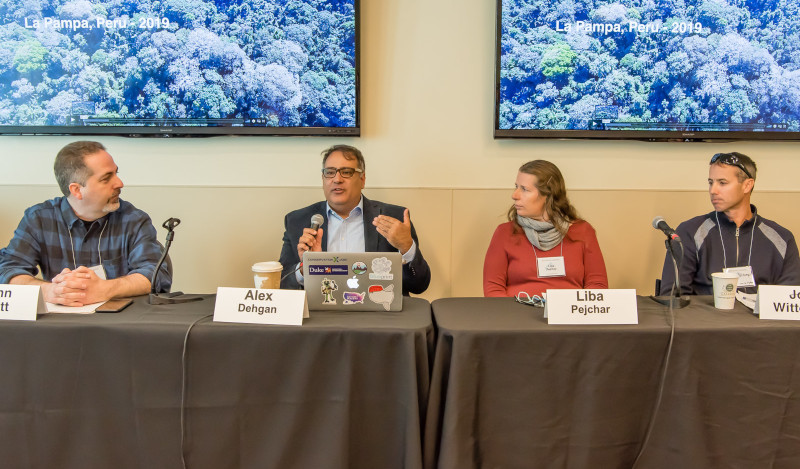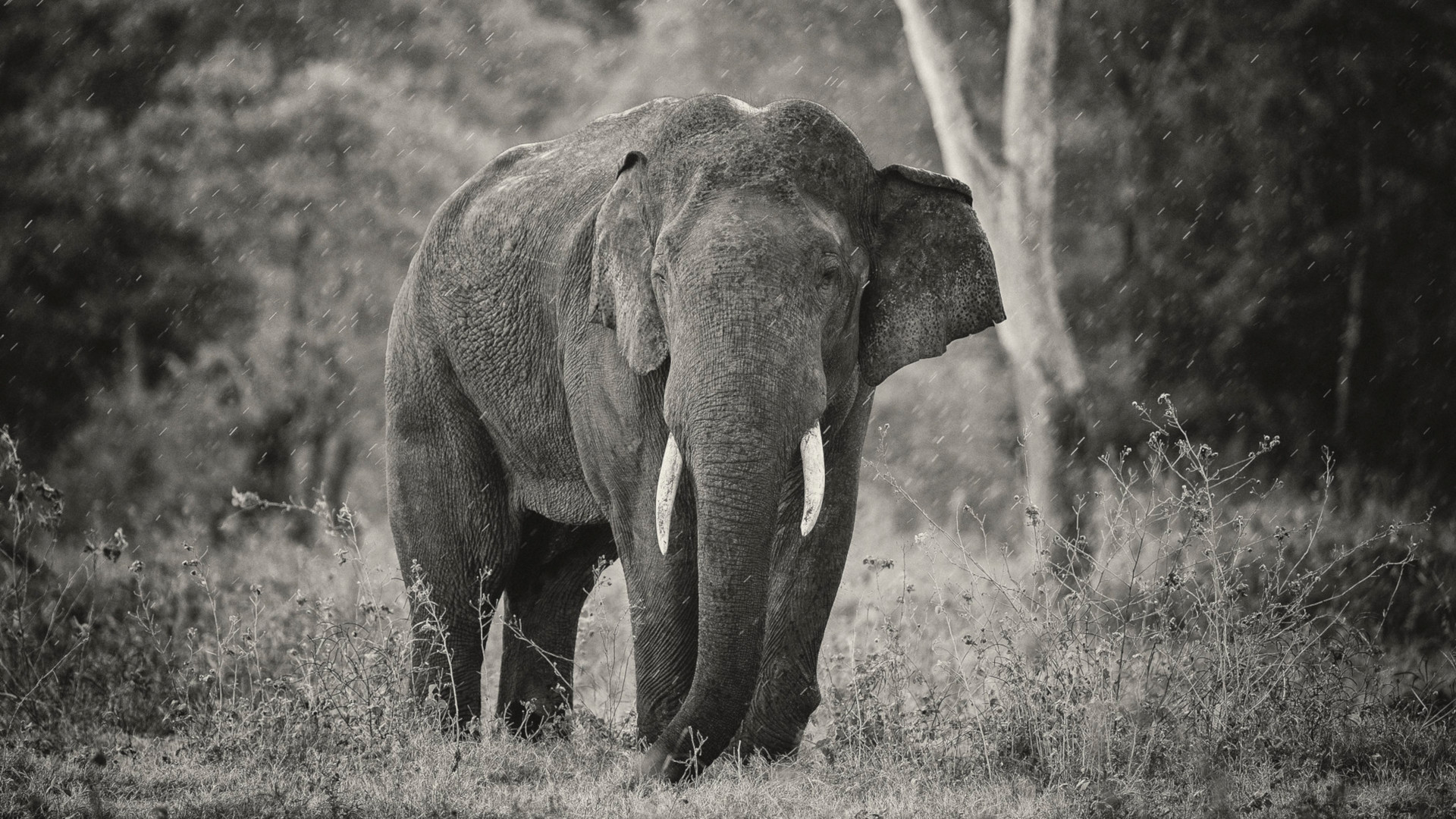Could inventing a better air conditioner help to save species from extinction?
It’s an idea so crazy it just might work — and it’s just one of many new and innovative conservation initiatives in development around the world to help stem the tide of biodiversity loss.
Stopping the extinction crisis won’t be easy, but success is both necessary and possible, according to a panel of experts who gathered this past October at the Society of Environmental Journalists annual conference in Fort Collins, Colorado.
Appearing on the panel were Alex Dehgan, CEO of Conservation X Labs and author of The Snow Leopard Project; Liba Pejchar, a conservation biologist with Colorado State University who studies ways to restore biodiversity in human-dominated landscapes; and George Wittemyer, also with Colorado State University and a globally recognized expert in elephant conservation.

I served as the moderator for the discussion, which took some powerful turns, examining the scope of the extinction threat, current conservation systems that work best, and the new concepts and initiatives making a difference for some of the world’s most imperiled species.
And yes, we talked about air conditioning — and a whole lot more.
Listen to the panel below:
![]()


